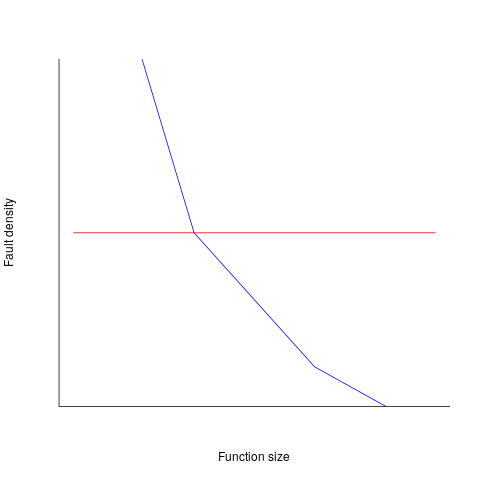Derek Jones from The Shape of Code
Western, Educated, Industrialized, Rich and Democratic: WEIRD people are the subject of Joseph Henrich’s latest book “The Weirdest People in the World: How the West Became Psychologically Peculiar and Particularly Prosperous”.
This book is in the mold of Jared Diamond’s Guns, Germs, and Steel: The Fates of Human Societies, but comes at the topic from a psychological/sociological angle.
This very readable book is essential reading for anyone wanting to understand how very different WEIRD people are, along with the societies they have created, compared to people and societies in the rest of the world today and the entire world up until around 500 years ago.
The analysis of WEIRD people/societies has three components: why we are different (I’m assuming that most of this blog’s readers are WEIRD), the important differences that are known about, and the cultural/societal consequences (the particularly prosperous in the subtitle is a big clue).
Henrich cites data to back up his theories.
Starting around 1,500 years ago the Catholic church started enforcing a ban on cousin marriage, which was an almost universal practice at the time and is still widely practiced in non-WEIRD societies. Over time the rules got stricter, until by the 11th century people were not allowed to marry anyone related out to their sixth cousin. The rules were not always strictly enforced, as Henrich documents, but the effect was to change the organization of society from being kin-based to being institution-based (in particular institutions such as the Church and state). Finding a wife/husband required people to interact with others outside their extended family.
Effects claimed, operating over centuries, of the shift from extended families to nuclear families are that people learned what Henrich calls “impersonal prosocialityâ€, e.g., feeling comfortable dealing with strangers. People became more altruistic, the impartial rule of law spread (including democracy and human rights), plus other behaviors needed for the smooth running of large social units (such as towns, cities and countries).
The overall impact was that social units of WEIRD people could grow to include tens of thousands, even millions, or people, and successfully operate at this scale. Information about beneficial inventions could diffuse rapidly and people were free(ish) to try out new things (i.e., they were not held back by family customs), and operating in a society with free movement of people there were lots of efficiencies, e.g., companies were not obligated to hire family members, and could hire the best person they could find.
Consequently, the West got to take full advantage of scientific progress, invent and mass produce stuff. Outcompeting the non-WEIRD world.
The big ideas kind of hang together. Some of the details seem like a bit of a stretch, but I’m no expert.
My WEIRD story occurred about five years ago, when I was looking for a publisher for the book I was working on. One interested editor sent out an early draft for review. One of the chapters discusses human cognition, and I pointed out that it did not matter that most psychology experiments had been done using WEIRD subjects, because software developers were WEIRD (citing Henrich’s 2010 WEIRD paper). This discussion of WEIRD people was just too much for one of the reviewers, who sounded like he was foaming at the mouth when reviewing my draft (I also said a few things about academic researchers that upset him).










